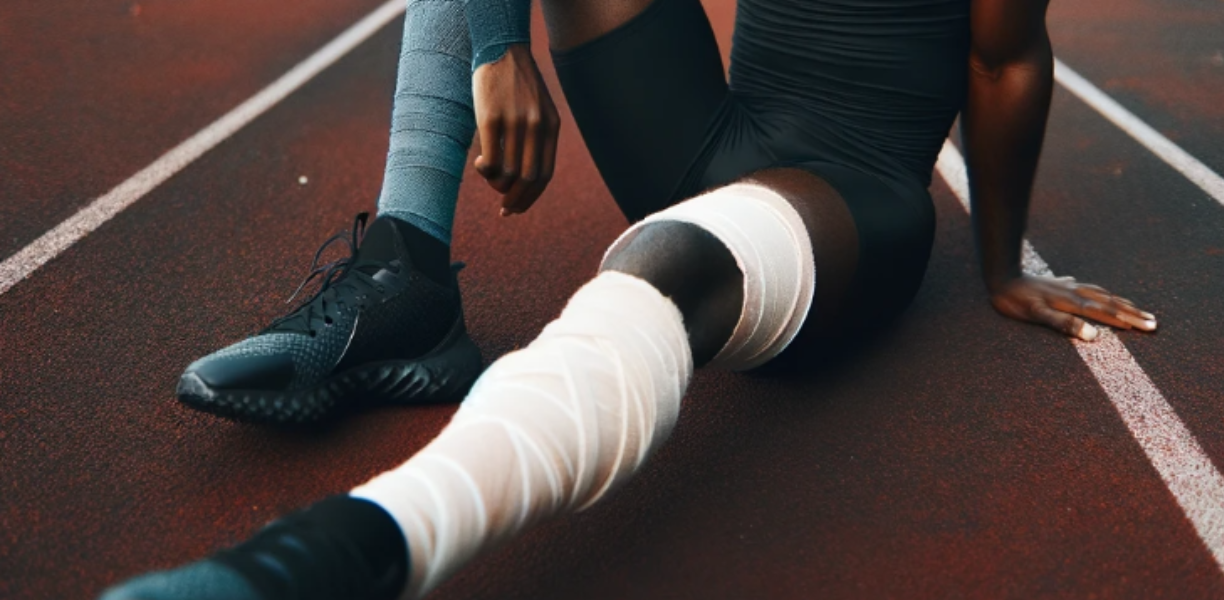Subtotal $0.00
Understanding Platelet-rich plasma (PRP) Therapy
PRP therapy involves drawing a small amount of blood from the patient, which is then spun in a centrifuge to separate the platelet-rich plasma from other components. The resulting PRP concentrate is a powerful mixture of growth factors, cytokines, and proteins that play an important role in tissue regeneration and repair. When injected into the injured area, these platelets activate and accelerate the body’s natural healing process, providing many benefits to athletes recovering from sports injuries.
Accelerates tissue healing
The main benefit of PRP therapy in sports injuries is its ability to accelerate tissue healing. Because platelets are rich in growth factors such as platelet-derived growth factor (PDGF), transforming growth factor beta (TGF-β), and vascular endothelial growth factor (VEGF), they stimulate cell proliferation and tissue regeneration. This facilitates the repair of damaged tendons, ligaments and muscles, ultimately leading to faster recovery.
Reduces inflammation
Sports injuries often lead to inflammation, which can be a significant obstacle to the healing process. The anti-inflammatory properties of PRP therapy come into play here, as the injected growth factors help reduce inflammation and swelling. This allows athletes to reduce pain and discomfort during the recovery period, promoting a smoother recovery process.
Improves collagen production
Collagen is an essential protein responsible for the structural integrity and strength of connective tissues. PRP therapy stimulates collagen production, contributing to the formation of healthy tissue at the site of injury. This aspect is especially beneficial for athletes who are dealing with chronic conditions such as tendinitis or joint instability. Non-invasive and low risk
PRP therapy is a minimally invasive procedure, making it an attractive option for athletes who want to avoid surgery or invasive treatments. Because the treatment uses the patient’s own blood, the risk of allergic reactions or unwanted side effects is minimal. The safety of the procedure, coupled with its effectiveness, has made it a popular choice among athletes at all levels.
Versatility in treating various wounds
PRP therapy has shown promising results in treating many types of sports injuries, including:
Tendon injuries:
PRP has been successful in treating conditions such as Achilles tendinopathy, tennis elbow (lateral epicondylitis), and rotator cuff injuries.
Ligament injury:
Athletes with ligament tears, such as anterior cruciate ligament (ACL) injuries, have benefited from the regenerative effects of PRP therapy.
Muscle injury:
PRP can accelerate the healing of muscle tears and strains, allowing athletes to return to training and competition sooner.
Platelet-rich plasma (PRP) therapy has changed the sports injury treatment landscape, providing athletes with a non-invasive and effective option for healing and recovery. Through the use of growth factors and proteins found in platelet-rich plasma, PRP therapy helps accelerate tissue healing, reduce inflammation, and improve collagen production. Its versatility in treating various sports injuries has made it an attractive choice for athletes seeking a faster return to peak performance. As research and technology advance, PRP therapy holds enormous promise for the world of sports, offering a brighter future for athletes and their road to recovery.



